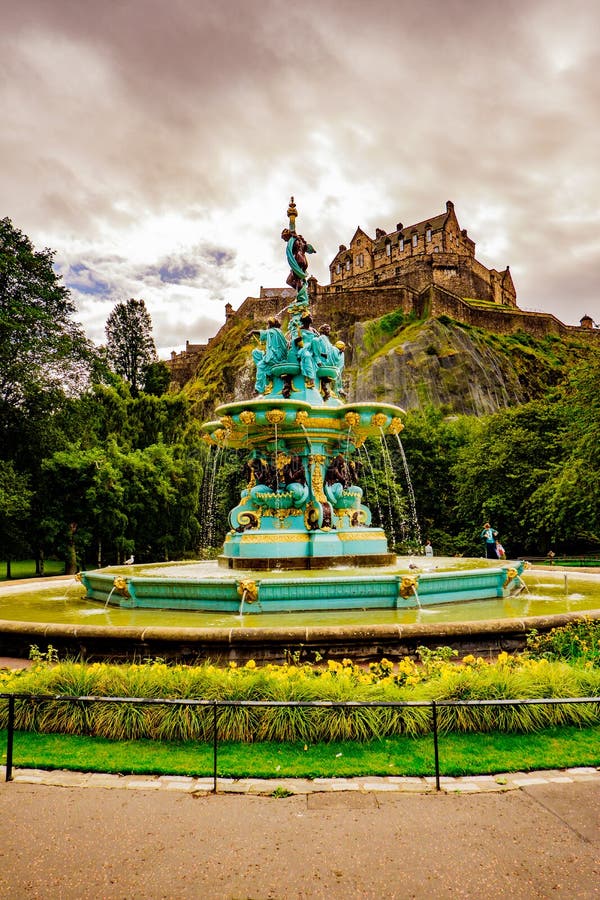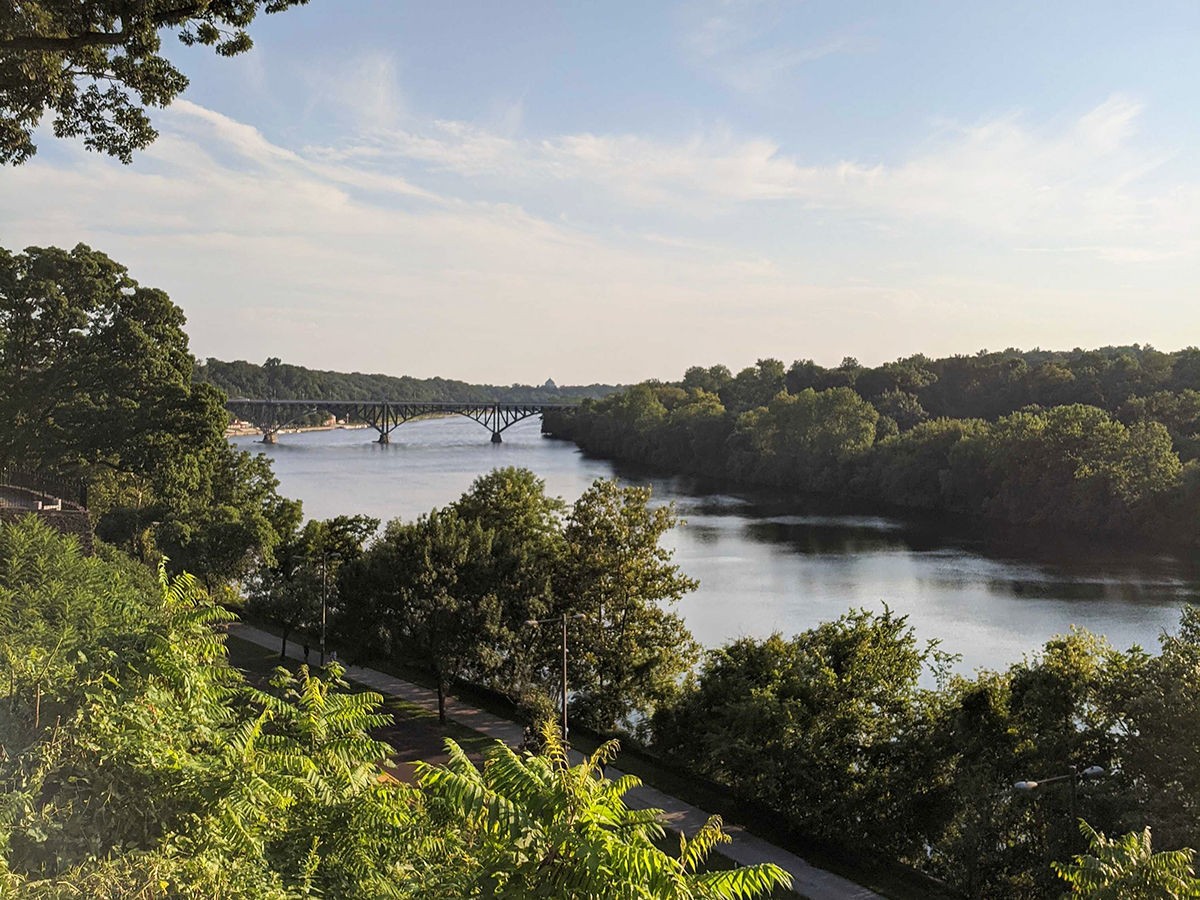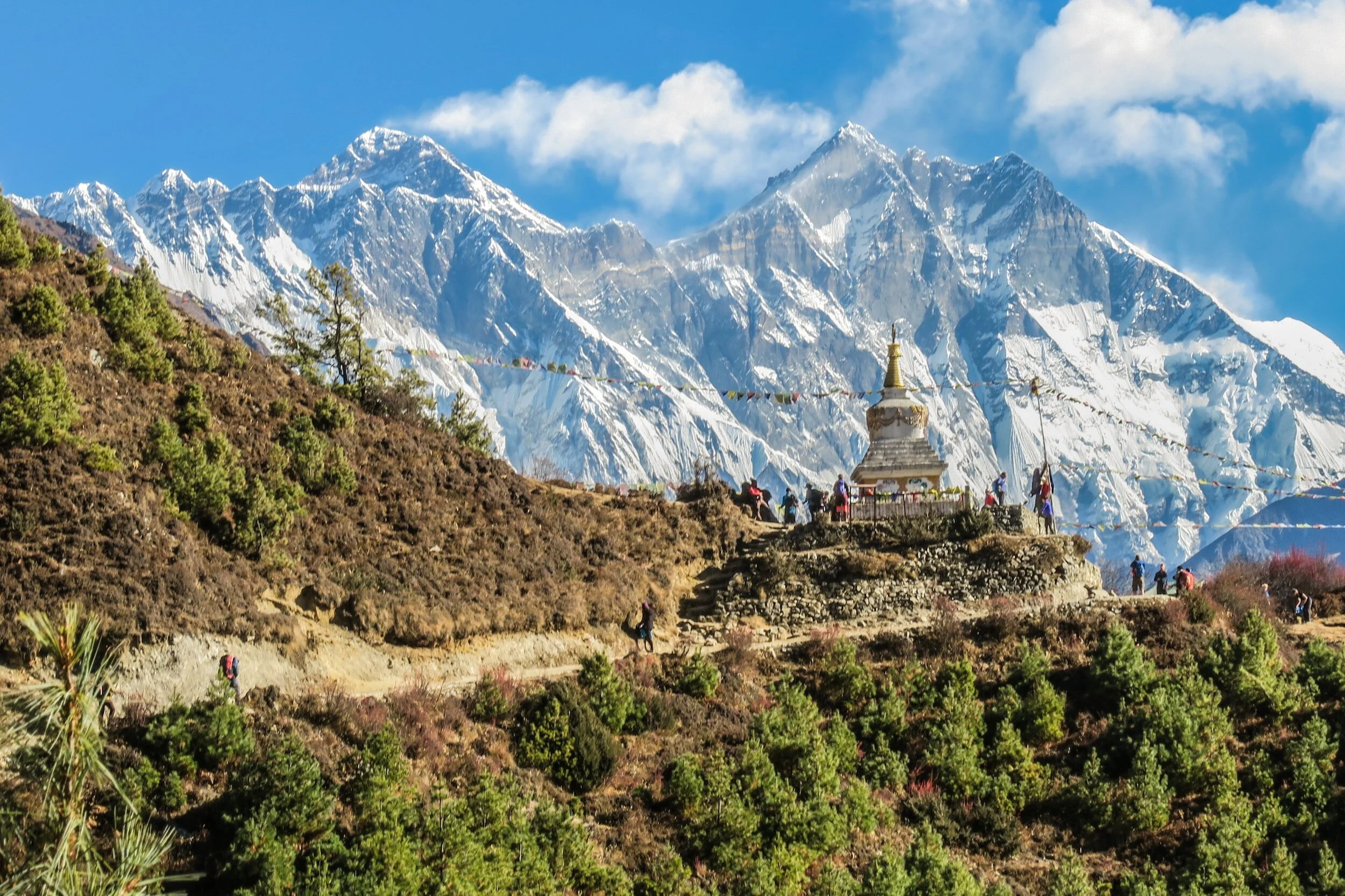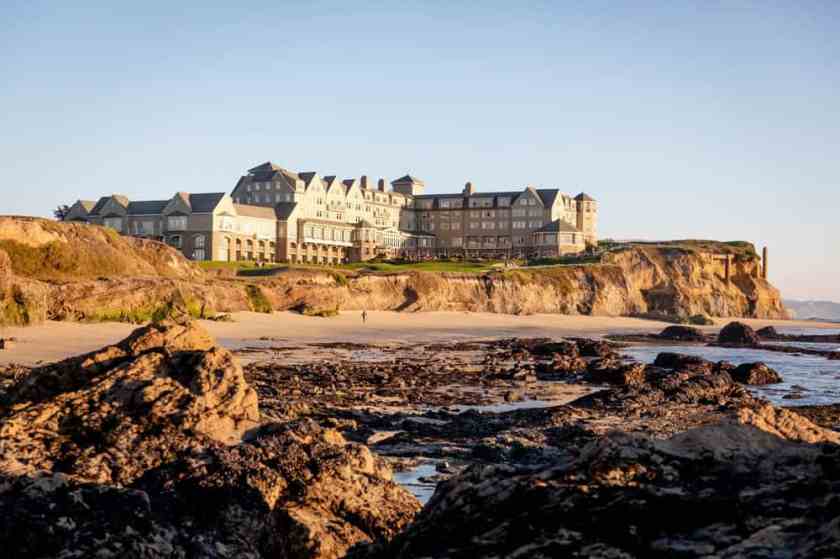Uncovering the Significance of the August 7th Meeting Site in Nanchang

An Essential Guide to Visiting Site Of The August 7Th Meeting
In This Guide
- An Essential Guide to Visiting Site Of The August 7Th Meeting
- The Rich History and Legends of Site Of The August 7Th Meeting
- Main Highlights: What You Absolutely Can’t Miss
- Planning Your Visit: A Practical Guide
- Tickets: Prices, Booking, and Tips
- How to Get There: A Complete Transportation Guide
- Local Cuisine and Accommodation Nearby
- Frequently Asked Questions
- Final Thoughts on Your Trip
Visiting the Site of the August 7th Meeting offers a unique opportunity to immerse yourself in a pivotal moment of Chinese history. This historic venue, located in the heart of Nanchang, Jiangxi province, is where the Communist Party of China held a significant meeting in 1927 amidst the tumultuous backdrop of civil unrest and revolutionary fervor. As an international traveler interested in Chinese history and culture, this site serves as a tangible connection to the past and the ideological struggles that shaped modern China.
Why Visit?

Site Of The August 7Th Meeting.
The August 7th Meeting is not just a historical marker; it encapsulates the spirit of a nation striving for change. This gathering was crucial for the party’s strategic shifts during a time of crisis. Exploring this site allows you to understand the complexities of Chinese politics, the rise of the Communist Party, and the impact of these events on the country’s trajectory. Here, you can delve into exhibits that showcase photographs, documents, and artifacts from the era, providing a comprehensive narrative of the events that unfolded within these walls.
What to Expect:
- Historic Architecture: The site itself is a beautifully preserved example of early 20th-century architecture, offering a glimpse into the era while maintaining its original charm.
- Exhibits and Artifacts: Inside, you’ll find a collection of exhibits detailing the meeting’s significance and the broader historical context of the time. Informative displays are available in both Chinese and English, making it accessible for international visitors.
- Guided Tours: Consider joining a guided tour to gain deeper insights into the historical significance of the site. Knowledgeable guides can provide context and answer questions, enhancing your understanding of this critical juncture in Chinese history.

Site Of The August 7Th Meeting.
Plan Your Visit:
- Location: The site is conveniently located in Nanchang, easily accessible via public transportation or taxi.
- Opening Hours: Check the official website for the most current visiting hours and any special events that may be taking place during your visit.
- Tips for Travelers: Bring your camera to capture the beauty of the architecture, and consider visiting during weekdays to avoid larger crowds. Additionally, a visit to nearby attractions, such as the Nanchang Star of Nanchang and the Pavilion of Prince Teng, can round out your historical exploration of the area.
In experiencing the Site of the August 7th Meeting, you will not only witness a crucial chapter of Chinese history but also gain a deeper appreciation for the country’s rich cultural tapestry. Prepare to be inspired by the resilience and determination that characterized this transformative period.

Site Of The August 7Th Meeting.
The Rich History and Legends of Site Of The August 7Th Meeting
Unveiling the Historical Significance of the Site of the August 7th Meeting
Nestled in the heart of Nanchang, Jiangxi Province, the Site of the August 7th Meeting (八七会议会址) stands as a testament to China’s tumultuous past and the perseverance of its people. This location is not just a historical site; it is a cornerstone of the Chinese Communist Party’s (CCP) early strategies during a pivotal moment in history.
A Crucial Gathering
On August 7, 1927, this site hosted a significant meeting of the CCP, which would ultimately shape the course of modern Chinese history. As the country faced a dire situation following the failure of the National Revolutionary Army’s Northern Expedition, the meeting was convened to address the urgent need for a new strategy. This was a time when the Communist Party was grappling with internal strife and external threats, particularly from the Kuomintang (KMT).
During this meeting, prominent leaders such as Mao Zedong, Zhou Enlai, and other key figures deliberated on the Party’s future direction. They emphasized the importance of armed struggle and the necessity to unite the working class against imperialism and feudalism. This pivotal decision would lead to the eventual establishment of the People’s Liberation Army and the later success of the Communist forces in the Chinese Civil War.

Site Of The August 7Th Meeting.
Legends and Legacy
The lore surrounding the Site of the August 7th Meeting is rich with anecdotes that highlight the determination and courage of the leaders who gathered there. One prominent legend speaks of Mao Zedong’s impassioned speech during the meeting, where he urged his comrades not to lose hope in the face of adversity. His words inspired a generation of revolutionaries and solidified his position as a leading figure within the Party.
Another tale recounts how the leaders, aware of the looming danger from KMT forces, conducted their discussions in secrecy, using coded language and disguises to avoid detection. This story reflects the high stakes and palpable tension of the time, as every decision made behind closed doors could alter the course of history.
Architectural and Cultural Significance
The site’s architecture is a blend of traditional Chinese elements and revolutionary symbolism, making it a unique representation of the era. The buildings have been preserved to reflect their original state, allowing visitors to immerse themselves in the history of the Chinese revolution. Inside, informative exhibits detail the events of the meeting and the individuals involved, providing a comprehensive overview of this critical chapter in Chinese history.

Site Of The August 7Th Meeting.
Visiting the Site
Today, the Site of the August 7th Meeting serves as a museum and a memorial, attracting both domestic and international visitors who wish to understand the complexities of China’s past. As you walk through the hallowed halls where history was made, you can almost hear the echoes of passionate debates and fervent calls to action that once filled the air.
Key Takeaways for Visitors:
– Location: Nanchang, Jiangxi Province
– Significance: Site of a crucial CCP meeting in 1927 that shaped modern China
– Legends: Stories of Mao Zedong’s inspiring speeches and secretive discussions
– Architecture: A blend of traditional and revolutionary styles, preserved for educational purposes
Visiting the Site of the August 7th Meeting is not just an exploration of a historical landmark; it is an immersion into the struggles and aspirations of a nation that continues to influence global dynamics today. As you stand in this place of significance, you will gain a deeper appreciation for the resilience of the Chinese people and the legacies that have shaped contemporary China.

Site Of The August 7Th Meeting.
Main Highlights: What You Absolutely Can’t Miss
Discover the Site of the August 7th Meeting: A Historical Gem
When exploring the rich tapestry of China’s revolutionary history, the Site of the August 7th Meeting (八七会议会址) in Nanchang is an essential stop. This historical site is not only a testament to the resilience of the Communist Party of China but also a fascinating glimpse into the political dynamics of the early 20th century. Here’s what you absolutely cannot miss during your visit:
1. The Venue: A Historic Building
The meeting site is housed in a well-preserved building that dates back to 1927. Its classic architecture reflects the style of that era, and stepping inside, you’ll feel as though you’ve been transported back in time. The interior is adorned with period furniture and exhibits that narrate the events leading up to and during the pivotal meeting.
2. Historical Significance
The August 7th Meeting was a crucial gathering for the Communist Party, marking a turning point in its leadership strategies during a time of internal strife and external threats. Here, leaders such as Zhou Enlai and Mao Zedong discussed strategies to combat the Nationalist government. Understanding the historical context of this meeting deepens your appreciation for the struggles and triumphs that shaped modern China.

Site Of The August 7Th Meeting.
3. Exhibitions and Artifacts
As you wander through the site, take the time to explore the various exhibitions that showcase rare photographs, manuscripts, and personal items belonging to key figures of the Communist movement. These artifacts provide a tangible connection to the past, allowing visitors to grasp the intensity of the political climate at the time.
4. Guided Tours
For a more enriching experience, consider joining a guided tour. Knowledgeable guides will share compelling stories and insights about the individuals who participated in the meeting and the broader implications of their decisions. The tours often include engaging anecdotes that bring history to life.

Site Of The August 7Th Meeting.
5. Cultural Context
The site is not just a historical landmark; it is also a cultural hub. Expect to see visitors from all walks of life, reflecting the site’s importance in the national narrative. The surrounding area often hosts cultural events and exhibitions that celebrate revolutionary art and literature, offering a broader perspective on the impact of the August 7th Meeting.
6. Museum and Library
Adjacent to the meeting site, there is a museum dedicated to the history of the Communist Party in Jiangxi Province. This museum houses an impressive collection of documents and books, including rare editions that you can explore. It’s the perfect complement to your visit, providing a deeper understanding of the political and social upheavals of the period.

Site Of The August 7Th Meeting.
7. Reflective Spaces
After immersing yourself in the history, take a moment to reflect in the peaceful gardens surrounding the site. These green spaces offer a serene atmosphere, inviting visitors to ponder the sacrifices made by those who fought for their beliefs and the enduring legacies of their actions.
Conclusion
Visiting the Site of the August 7th Meeting is an enlightening experience that delves into a critical juncture in Chinese history. With its blend of historical significance, cultural richness, and engaging exhibits, this site is a must-visit for anyone interested in understanding the complexities of China’s past and the foundations of its future. Don’t miss the chance to walk in the footsteps of history!
Planning Your Visit: A Practical Guide
Essential Guide to Visiting the Site of the August 7th Meeting (八七会议会址)
When planning your visit to the Site of the August 7th Meeting in Nanchang, Jiangxi Province, you are stepping into a vital chapter of Chinese revolutionary history. This site, where the pivotal August 7th Meeting of 1927 took place, is a must-see for those interested in understanding the foundations of modern China. Here’s what you need to know to make the most of your visit.

Site Of The August 7Th Meeting.
Getting There
- Location: The site is located in the heart of Nanchang, making it accessible for both locals and tourists.
- Transportation:
- By Air: Nanchang Changbei International Airport is the nearest airport. From the airport, you can take a taxi or use ride-hailing apps to reach the site, which is approximately a 30-minute drive away.
- By Train: Nanchang Railway Station connects to major cities across China. If you arrive at the train station, taxis and buses are readily available.
- Local Transport: Buses and subways operate throughout Nanchang, providing an economical way to reach the site.
Opening Hours and Admission
- Hours: The site is typically open daily from 8:30 AM to 5:00 PM. However, it’s advisable to check for any changes in operation hours, especially during holidays or special events.
- Admission: Entry to the site is generally free, but there may be specific exhibitions or guided tours that require a small fee.
What to Expect
- Historical Significance: The Site of the August 7th Meeting is where key decisions were made that would shape the future of the Chinese Communist Party. It is adorned with historical artifacts and exhibits detailing the events of the meeting and its impact on China’s history.
- Exhibits and Memorials: Expect to find a mix of exhibits including photographs, documents, and personal items from the meeting’s attendees. The site also features memorials dedicated to the martyrs of the revolution.
- Guided Tours: Consider joining a guided tour for a more in-depth understanding of the historical context. English-speaking guides may be available, but it’s wise to check in advance.

Site Of The August 7Th Meeting.
Nearby Attractions
While in Nanchang, take the opportunity to explore other historical and cultural sites:
- Nanchang Bayi Square: A large public square featuring monuments and a beautiful view of the Gan River.
- Star of Nanchang: Known as the world’s largest Ferris wheel, offering panoramic views of the city.
- Tengwang Pavilion: A historic tower that is an iconic symbol of Nanchang, renowned for its architecture and literary significance.
Tips for Your Visit
- Cultural Sensitivity: Be respectful of the historical significance of the site; quiet contemplation is appreciated.
- Photography: Photography is generally allowed, but always check for signs indicating restrictions, especially within certain exhibits or memorials.
- Language: While some information may be available in English, having a translation app can enhance your experience, especially when exploring the area or interacting with local residents.
- Weather: Nanchang can be hot and humid in summer, so dress comfortably and stay hydrated. Spring and autumn are ideal for pleasant weather.

Site Of The August 7Th Meeting.
Conclusion
The Site of the August 7th Meeting is more than just a historical location; it is a gateway to understanding the complexities of China’s revolutionary past. By planning your visit thoughtfully, you can immerse yourself in the rich history and culture that this site offers. Enjoy your journey through time at this pivotal landmark!
Tickets: Prices, Booking, and Tips
Essential Ticket Information for Visiting the Site of the August 7th Meeting
When planning your visit to the historically significant Site of the August 7th Meeting (八七会议会址) in Nanchang, Jiangxi Province, understanding ticket prices, booking procedures, and useful tips will enhance your experience. Here’s a comprehensive guide to ensure your visit is smooth and enjoyable.
Ticket Prices
- General Admission: Entry to the Site of the August 7th Meeting is usually free for all visitors. However, it is advisable to check for any temporary exhibitions that may incur a small fee.
- Guided Tours: If you’re interested in a deeper understanding of the site’s history, guided tours may be available for a nominal fee, typically around ¥30 to ¥50 (approximately $5 to $8). These tours can provide invaluable insights from knowledgeable guides.
Booking Options
-
Walk-in Admission: For those who prefer spontaneity, walk-in visits are generally accepted. It’s a good idea to arrive early to avoid crowds, especially during weekends and holidays.
-
Online Reservations: Some tour operators and local travel agencies may offer guided tours that can be booked online. Websites and apps like Trip.com or Ctrip often feature packages that include transportation and guided experiences.
-
Group Bookings: If you’re traveling with a group (10 or more), it may be beneficial to contact the site directly for possible discounts and reserved entry. This can enhance your experience by ensuring a more tailored visit.
Tips for a Memorable Visit
-
Plan Your Timing: The site can get busy, especially during national holidays or weekends. Aim to visit during weekdays or early in the morning for a quieter experience.
-
Language Considerations: While some guides may speak English, it’s advisable to check in advance. Consider downloading translation apps or hiring a local guide if you’re not fluent in Mandarin.
-
Explore the Surroundings: The site is located in a culturally rich area. Allocate extra time to explore nearby attractions, such as the Nanchang Star of Nanchang or the beautiful Gan River, which offers picturesque views and local dining options.
-
Respect the Site: As a site of historical significance, maintain a respectful demeanor during your visit. Refrain from loud conversations and be mindful of other visitors.
-
Capture the Moment: Photography is encouraged, but be aware of any restrictions, especially in sensitive areas or during guided tours.
By following this guide, you’ll be well-prepared to immerse yourself in the rich history represented at the Site of the August 7th Meeting. Enjoy your journey through China’s revolutionary past!
How to Get There: A Complete Transportation Guide
Getting to the Site of the August 7th Meeting
Visiting the Site of the August 7th Meeting (八七会议会址) in Nanchang, Jiangxi Province, is a journey steeped in historical significance. Understanding how to navigate your way there enhances your appreciation of the site, which played a pivotal role in the early years of the Chinese Communist Party. Here’s a comprehensive guide to help you plan your trip effectively.
Arrival in Nanchang
Nanchang, the capital of Jiangxi Province, is well-connected by various modes of transportation. Here are the primary options:
By Air
- Nanchang Changbei International Airport (KHN): This is the main airport serving Nanchang, with domestic flights from major cities like Beijing, Shanghai, and Guangzhou. There are also limited international flights.
Transportation from the Airport:
– Taxi: Easily accessible outside the terminal. A ride to the city center takes around 30 minutes.
– Airport Shuttle Bus: This is a budget-friendly option that connects the airport to several key areas in Nanchang.
By Train
- Nanchang Railway Station: This station has high-speed train services that connect Nanchang to major cities across China, such as Beijing, Shanghai, and Wuhan.
Getting to the Site:
– From the railway station, take a taxi or use a ride-hailing app for convenience. The journey to the site should take approximately 20 minutes.
By Bus
- Long-Distance Buses: Nanchang’s long-distance bus station has connections to various cities in Jiangxi Province and beyond.
Local Transport:
– Once in Nanchang, local buses and taxis can be used to reach the site, with the bus routes offering a chance to see more of the local landscape.
Navigating Nanchang
Once you’re in Nanchang, here’s how to reach the Site of the August 7th Meeting:
-
Taxi: The most straightforward way to get to the site. Simply show the driver the address (八七会议会址) or use a translation app to assist.
-
Public Transportation:
- Bus Routes: Several local buses stop near the site. Look for buses that head towards the downtown area or historical sites.
-
Metro: Nanchang Metro Line 1 has a station near the meeting site. You can transfer to a bus or walk the remaining distance.
-
Walking: If you’re staying nearby, the site is accessible on foot. It’s located in the city center, making it a pleasant walk through Nanchang’s bustling streets.
Tips for Your Visit
-
Language: While some signs may have English, it’s beneficial to have key phrases written in Chinese or use a translation app.
-
Opening Hours: Check the opening hours of the site in advance, as they may vary by season.
-
Cultural Respect: As this site holds historical importance, maintain a respectful demeanor during your visit.
Conclusion
Reaching the Site of the August 7th Meeting is relatively easy, thanks to Nanchang’s well-developed transportation infrastructure. Whether you arrive by air, train, or bus, you’ll find that each mode of transport offers its unique advantages. With this guide, you can look forward to a seamless travel experience that allows you to immerse yourself in a critical chapter of Chinese history. Enjoy your journey!
Local Cuisine and Accommodation Nearby
Savoring the Local Flavors and Finding Comfort Nearby
When visiting the Site of the August 7th Meeting (八七会议会址) in Nanchang, Jiangxi Province, immerse yourself in the rich tapestry of local cuisine and comfortable accommodations that reflect the area’s historical significance and cultural heritage.
Local Cuisine
Nanchang’s culinary scene is a delightful exploration of flavors, heavily influenced by Jiangxi’s agricultural bounty and cooking traditions. Here are some must-try dishes:
-
Nanchang Rice Noodles (南昌米粉): A staple of local cuisine, these rice noodles are often served in a savory broth with various toppings, including tender meats and fresh vegetables. Enjoy them at local noodle shops for an authentic experience.
-
Steamed River Fish (蒸鱼): Freshwater fish, particularly from Poyang Lake, is a favorite. Typically steamed with ginger and scallions, it offers a delicate flavor that reflects the region’s natural resources.
-
Jiangxi Spicy Chicken (江西辣子鸡): This dish features tender chicken pieces stir-fried with a generous amount of dried chili peppers, garlic, and ginger, creating a vibrant and spicy sensation sure to tantalize your taste buds.
-
Fried Tofu with Pickled Vegetables (香炸豆腐配泡菜): Crispy on the outside and soft inside, this dish is served alongside tangy pickled vegetables, providing a delightful contrast in flavors.
-
Nanchang Pork Dumplings (南昌猪肉饺子): These dumplings, filled with seasoned pork and vegetables, are a beloved snack. Pair them with a dipping sauce of soy sauce and vinegar for an extra kick.
To truly savor these dishes, seek out local eateries and street food vendors around the area. The bustling night markets are especially lively and offer a chance to sample various delicacies.
Accommodation Options
After a day of exploring the historical significance of the August 7th Meeting site, unwind at nearby accommodations that cater to a range of preferences and budgets:
-
Jiangxi Grand Hotel (江西大酒店): A luxurious option that combines modern amenities with traditional decor. Located conveniently near the city center, it offers comfortable rooms and an on-site restaurant featuring local cuisine.
-
Nanchang HNA Hotel (南昌海航大酒店): This hotel provides a mix of comfort and convenience. It boasts spacious rooms and is situated close to public transport, making it easy to explore the city.
-
GreenTree Inn Nanchang Honggutan (如家酒店南昌洪都大桥店): For budget travelers, this hotel offers clean, simple accommodations with essential amenities. It’s a great base for those looking to explore the area without breaking the bank.
-
Hostel 133 (133号青年旅舍): A cozy option for backpackers and solo travelers, this hostel encourages social interaction and often hosts cultural events. It’s an excellent place to meet fellow travelers while enjoying the local vibe.
Conclusion
Exploring the Site of the August 7th Meeting not only enriches your understanding of Chinese history but also invites you to indulge in the delectable local cuisine and find comfort in welcoming accommodations. Whether you’re savoring a bowl of rice noodles or resting in a charming hotel, Nanchang promises a memorable journey through its flavors and hospitality.
Frequently Asked Questions
Frequently Asked Questions
1. What is the Site of the August 7th Meeting?
The Site of the August 7th Meeting, located in Nanchang, Jiangxi Province, is a historic venue where the pivotal August 7th Meeting of 1927 took place. This meeting marked a significant turning point in the Chinese Communist Party’s (CCP) approach to revolution and laid the groundwork for the establishment of the People’s Republic of China.
2. Why is the August 7th Meeting important?
The meeting is crucial because it shifted the CCP’s strategy towards armed struggle against the ruling Kuomintang (KMT). It emphasized the need for a revolutionary base and led to the formation of the Nanchang Uprising, which is considered the first major armed conflict in the Chinese civil war, forging the path for future communist movements in China.
3. What can I expect to see at the site?
Visitors to the site can explore various exhibits detailing the history of the August 7th Meeting and its implications for the CCP. The site features preserved rooms, artifacts from the era, and informative displays that narrate the events leading up to and following the meeting, providing a comprehensive understanding of this critical period in Chinese history.
4. How do I get to the Site of the August 7th Meeting?
The site is located in downtown Nanchang and is easily accessible by public transportation. Visitors can take a bus or taxi to the address: No. 1, August 7th Road, Nanchang. If you’re arriving by train, Nanchang Railway Station is a short taxi ride away.
5. Are there guided tours available?
Yes, guided tours are available at the Site of the August 7th Meeting. These tours are led by knowledgeable guides who provide in-depth insights into the historical significance of the site as well as the events surrounding the August 7th Meeting. Audio guides may also be available for those who prefer a self-guided experience.
6. Is there an entrance fee?
As of now, entrance to the Site of the August 7th Meeting is free of charge. However, it’s advisable to check for any updates regarding admission fees or special exhibitions before your visit.
7. What are the opening hours?
The site typically operates from 9:00 AM to 5:00 PM, with the last entry at 4:30 PM. It is recommended to visit during weekdays to avoid crowds, especially during weekends and public holidays when local tourism peaks.
8. Can I take photographs inside the site?
Photography is generally allowed in most areas of the Site of the August 7th Meeting. However, there may be restrictions in specific exhibition areas or during guided tours. It is best to check with the staff upon your arrival to ensure compliance with their photography policies.
Whether you are a history buff or simply curious about China’s revolutionary past, the Site of the August 7th Meeting offers a profound glimpse into a foundational moment that shaped modern China.
Final Thoughts on Your Trip
As you wrap up your journey to the Site of the August 7th Meeting, take a moment to reflect on the profound history and cultural significance that this remarkable location embodies. Nestled in the heart of Nanchang, Jiangxi Province, this site is not just a monument; it is a testament to the resilience and tenacity of a nation that faced immense challenges during a turbulent time.
Embrace the Historical Legacy
The August 7th Meeting marked a pivotal moment in the Chinese Communist Party’s history. Here, leaders strategized amidst the chaos of war, laying the groundwork for future movements that would shape the course of modern China. As you walk through the halls where history was made, allow yourself to be transported back in time, imagining the fervent discussions and the weight of decisions that were made within these walls.
Connect with Local Culture
Your visit also provides a unique opportunity to engage with local culture. The site is surrounded by vibrant neighborhoods that showcase traditional Jiangxi architecture and cuisine. Don’t miss out on sampling local delicacies, such as Nanchang rice noodles and stinky tofu, which will tantalize your taste buds and deepen your understanding of the region.
Take Home Lasting Memories
As you leave, carry with you the stories of the past and the spirit of resilience that defines the Site of the August 7th Meeting. Whether it’s the photographs you took, the conversations you had, or the insights you gained, these memories will enrich your understanding of China’s complex history.
In conclusion, your journey to this significant historical site not only enhances your appreciation for China’s revolutionary past but also inspires reflection on the enduring power of unity and determination in the face of adversity. Thank you for exploring this piece of history—may it inspire you as you continue your travels and adventures beyond the borders of China. Safe travels!